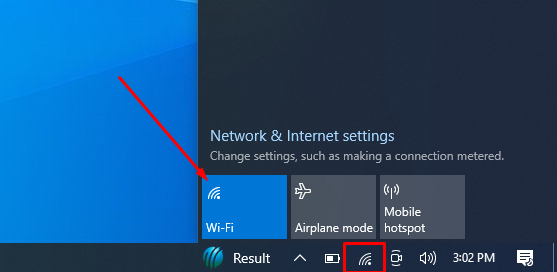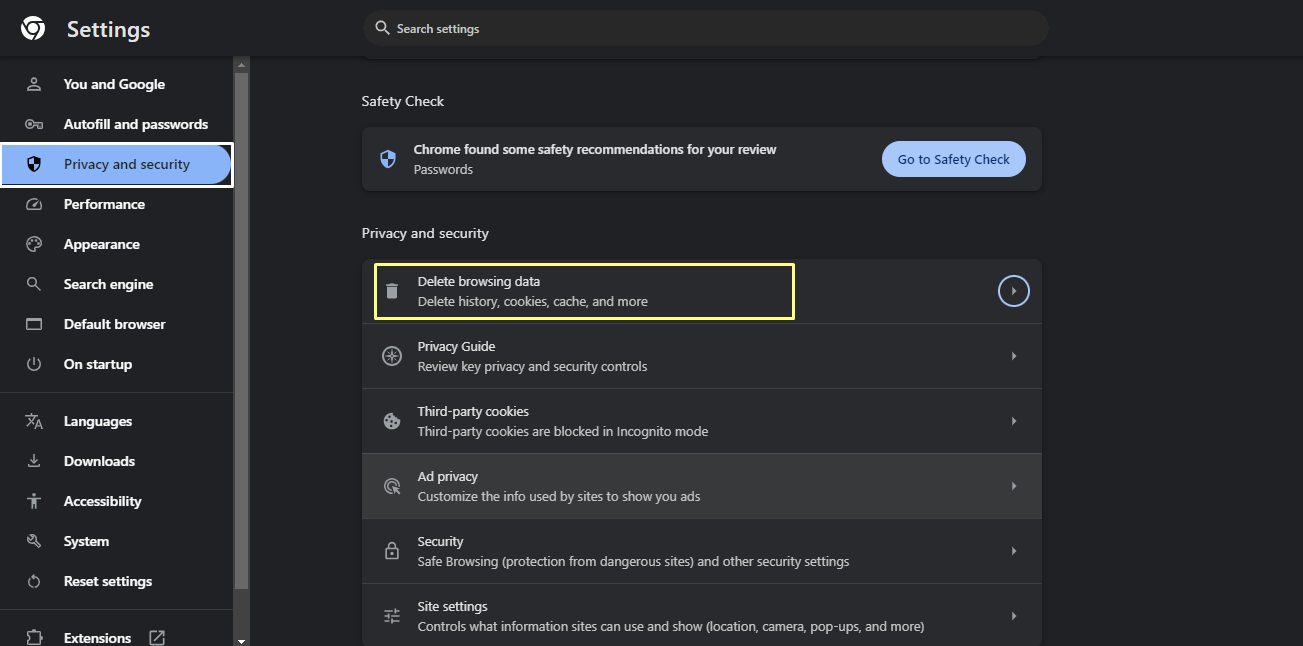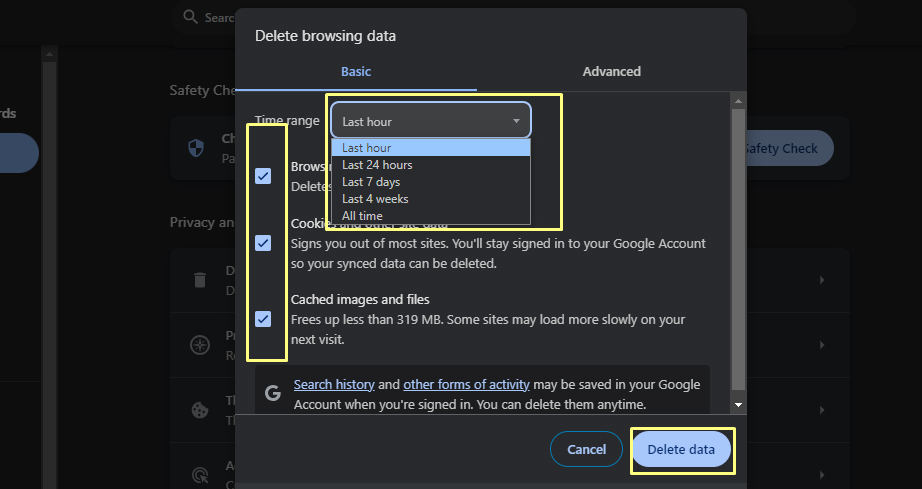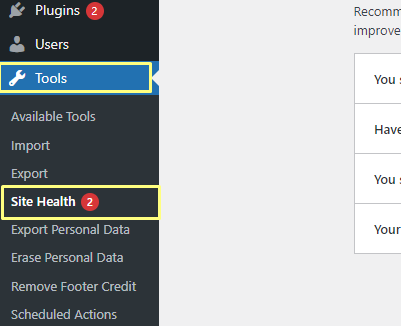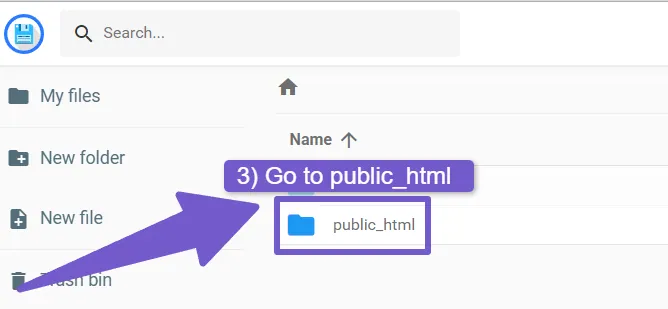Hey there, WordPress Warriors! ???? Are you hitting your head against a wall because whenever you try to update or publish a post or page, WordPress throws a curveball with that dreaded “Updating Failed” or “Publishing Failed” error? I get it—it’s frustrating as heck! But breathe easy my friend; you’re definitely in the right place to learn how to fix WordPress updating failed or publishing failed errors. Whether you’re a newbie or a seasoned pro it’s like WordPress is speaking to you in some cryptic code: “Updating Failed”—with no further clues.
So here’s the deal—I’m going to break it down for you, step-by-step, so you can say adios to this pesky error once and for all. Not only that, but I’m also going to spill the tea on why these gremlins invade your WordPress in the first place. So grab a cuppa ☕, buckle up, and let’s get started!
Why Does the WordPress Updating Failed or Publishing Failed Error Even Happen? ????
Before we dive into the how-to, let’s talk about the ‘why.’ Understanding the root cause can empower you to avoid this mayhem in the future. Encountering the “WordPress Update Failed” or “Publishing Failed” error is a widespread concern among website users. These errors signify WordPress’s inability to save or publish content, and they often arise due to the following reasons:
- Internet Connection Issues: Disruptions in your internet connectivity can prevent WordPress from properly communicating with its servers, resulting in update or publishing failures.
- REST API Blockage: If the REST API, a vital component of WordPress for managing content, is blocked or facing issues, you might experience difficulties when trying to update or publish content.
- Incorrect URL Settings: Incorrectly configured URL settings can lead to inconsistencies in how your website’s links and resources are handled, causing errors during content updates or publishing.
- Plugin Conflicts: Conflicts between different plugins installed on your WordPress site can interfere with its functionality, including the ability to save or publish content.
- Website Firewall Service Problem: If your website is protected by a firewall service, it might inadvertently block necessary interactions with WordPress servers, resulting in update or publishing failures.
Ready, Set, Fix! By addressing these factors, you can mitigate the “WordPress Update Failed” or “Publishing Failed” errors and maintain smooth content management on your website. From clearing your cache to disabling plugins one by one, we’re going to tackle every possible solution. By the time you’re done with this guide, you’ll be an unofficial WordPress troubleshooting guru. How’s that for leveling up your skills?
So what are you waiting for? Let’s turn that WordPress frown upside down and get you back in the game. ????
How to Fix WordPress Updating Failed or Publishing Failed error
WordPress is a user-friendly platform, but encountering errors while trying to update or publish content is not uncommon. If you’re a beginner facing the “Updating Failed” or “Publishing Failed” errors, don’t worry. This step-by-step guide will walk you through each troubleshooting step in detail, helping you resolve these issues and get back to managing your website with confidence.
Check Your Internet Connection and Site URL Settings
A stable internet connection is essential for successful updates. Ensure you’re connected to a reliable network.
Check Internet Connection: A weak or interrupted internet connection can lead to update failures. Make sure your connection is stable. Ensure you’re connected to the internet. Check the Wi-Fi or Ethernet symbol in your system tray or menu bar.
Try to open a different website in your browser. If other sites are also not loading, there’s likely an issue with your internet connection. Check other devices. See if smartphones, tablets, or other computers can access the internet. If not, the problem might be with your network.
Turn off your router, wait for a minute, and then turn it back on. Once all the lights are stable, try accessing your WordPress website and see if you can update or publish.
Verify Site URL Settings: Incorrect URL settings can cause problems.
Go to Settings > General in your WordPress dashboard. Confirm that the WordPress Address (URL) and Site Address (URL) are accurate.
Clear Browser Cache and Cookies
Outdated browser data can interfere with updates. Clearing cache and cookies can often resolve this issue. Depending on your browser, locate the option to clear the cache. This ensures you’re working with the latest version of your site. Remove stored cookies as they might conflict with WordPress functionality.
To clear your browser’s cache and cookies, follow these general steps based on popular web browsers:
- Open Chrome.
- Click on the three vertical dots in the upper-right corner to open the menu.
- Hover over “More tools,” then select “Clear browsing data.”
- In the popup, choose a time range (like “All time” to clear everything).
- Check the boxes next to “Cookies and other site data” and “Cached images and files.”
- Click “Clear data.”
Checking if the REST API is Being Blocked
In WordPress, a REST API (Representational State Transfer Application Programming Interface) is a set of rules and protocols that allows different software applications, including websites and mobile apps, to communicate with each other over the internet. It enables interaction between your WordPress website and other applications or services, allowing data to be retrieved, updated, or deleted remotely.
The WordPress REST API provides a standardized way for developers to access and manipulate various content and functionalities of a WordPress website, such as posts, pages, users, categories, and more. The REST API plays a crucial role in WordPress updates. If it’s blocked, updates won’t work as expected.
- Go to Tools > Site Health in your dashboard.
- If there is any issue, it will display “The REST API encountered an unexpected result”.
- If there isn’t any problem with REST API, you’ll see “The REST API is Available”.
Look for any issues related to the REST API. If flagged, follow the provided suggestions to address the problem.
Checking for Plugin Conflicts
Conflicts between plugins can disrupt updates. Identifying the problematic plugin can help you resolve the issue.
- Deactivate Plugins: Temporarily deactivate all plugins from the Plugins menu.
- Test Updates: Try updating or publishing content. If it works, reactivate plugins one by one to find the conflicting one.
Checking for Theme Conflicts
Themes can also cause issues during updates. By switching to a default WordPress theme, you can determine if the theme is causing the problem.
Switch Themes: Navigate to Appearance > Themes and activate a default theme like Twenty Twenty-One.
Test Updates: Try updating your content. If successful, your original theme might be the culprit.
Checking Website Firewall Service if Blocked
Firewall services can sometimes block WordPress functions necessary for updates. Ensure your firewall isn’t causing the problem.
Reach out to your hosting provider’s support for guidance on checking firewall settings.
Turn On and Examine the WordPress Debug Log
The debug log provides detailed error information. Enabling it can help diagnose the update issue.
Edit wp-config.php: Access your website’s files and locate the wp-config.php file. Go to your cpanel and then navigate to the file manager and locate the wp-config.php file inside the public HTML.
Add Debugging Code: Insert the following lines of code just at the end:
define( 'WP_DEBUG', true ); define( 'WP_DEBUG_LOG', true ); define( 'WP_DEBUG_DISPLAY', true );
Switch to Classic WordPress Editor
If you’re encountering errors while using the block editor, switching to the Classic Editor might help.
Install Classic Editor: Go to Plugins > Add New and search for “Classic Editor.” Install and activate the plugin.
Set Classic Editor as Default: In the Writing Settings (Settings > Writing), select “Classic Editor” as your default editor.
Ask for Support
If none of the above steps resolve the issue, seek professional support.
- Contact Hosting Provider: Reach out to your hosting provider’s support for assistance.
- Consult WordPress Community: Visit WordPress forums or communities to ask for help from experienced users.
You May Like:
How to Fix Failed to Load Resources Error in WordPress
How to Link External pHp file to HTML
Conclusion
Resolving “Updating Failed” or “Publishing Failed” errors in WordPress might seem daunting, but even beginners can tackle these issues with this detailed guide. By following each step carefully, you’ll be able to diagnose and fix the problem, ensuring a smooth experience as you manage and update your WordPress website.
FAQs
Why does publishing fail on WordPress?
Is it free to publish on WordPress?
What are the common causes of these errors?
- Server issues (timeout, overload)
- Internet connectivity problems
- Plugin conflicts
- Theme conflicts
- Incorrect file or folder permissions
- Database errors
- Security measures blocking the request
Could this be a plugin conflict?
Yes, plugins can conflict with WordPress’s core functionalities. You can deactivate all your plugins and reactivate them one by one to identify the culprit.
What if the problem is with the theme I am using?
Switch to one of the default WordPress themes like Twenty Twenty-One. If the issue is resolved, then the problem is likely with your theme.
Could this be due to file and folder permissions?
Incorrect permissions can prevent WordPress from writing to the database. Check your WordPress files and folders to make sure they have the correct permissions.
How do I know if it’s a database error?
Database errors often display different error messages, like “Error Establishing a Database Connection.” If you suspect a database error, you may need to repair the database using WordPress’s built-in functionality or via phpMyAdmin.
What should I do if nothing works?
Make sure you have a backup of your website. Contact your hosting provider for specialized help. Consider hiring a professional to look into the issue if it persists.

